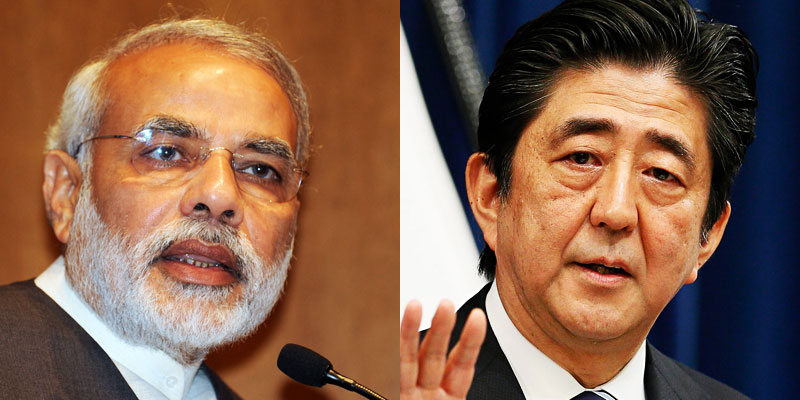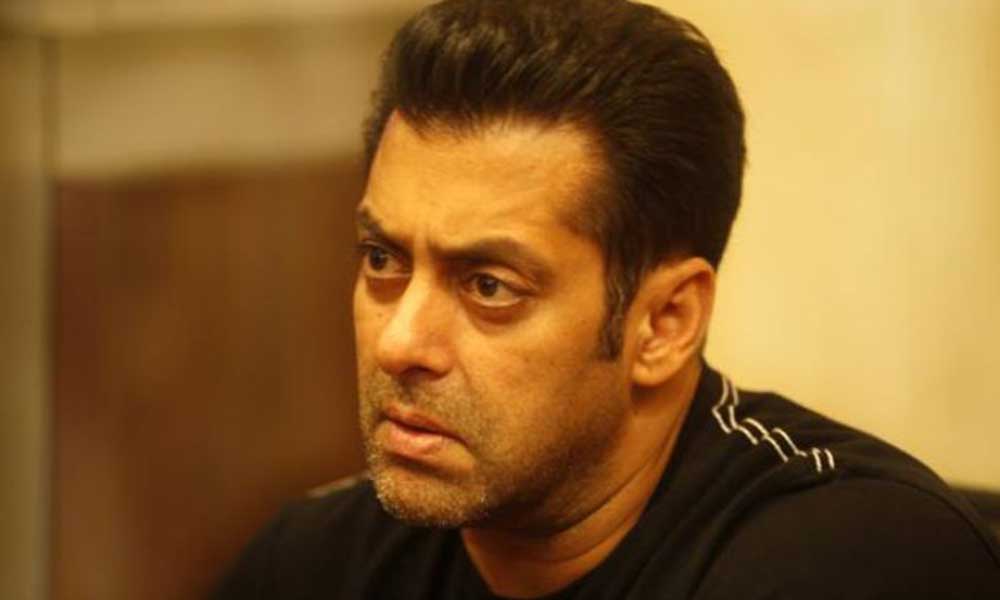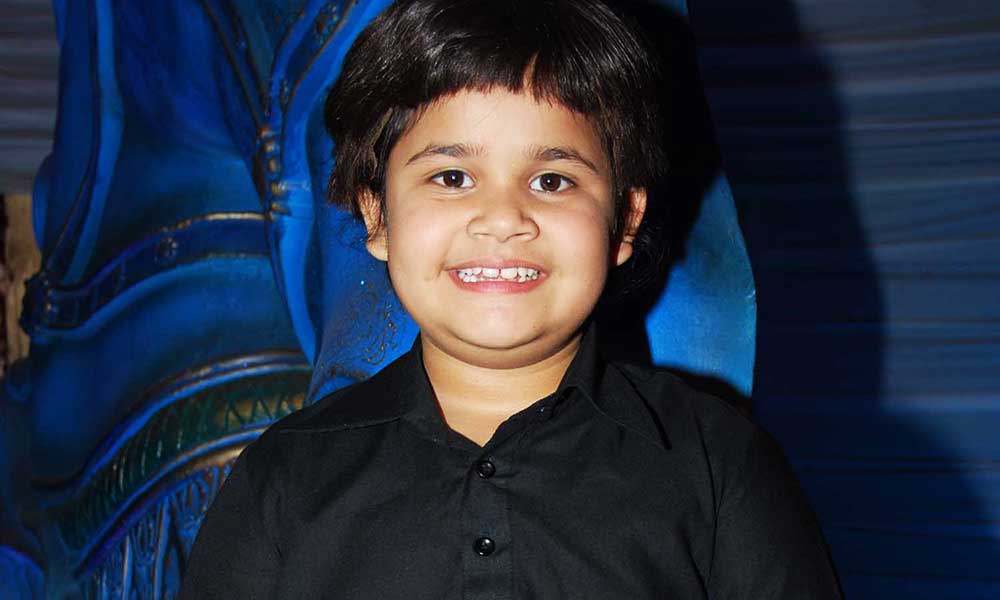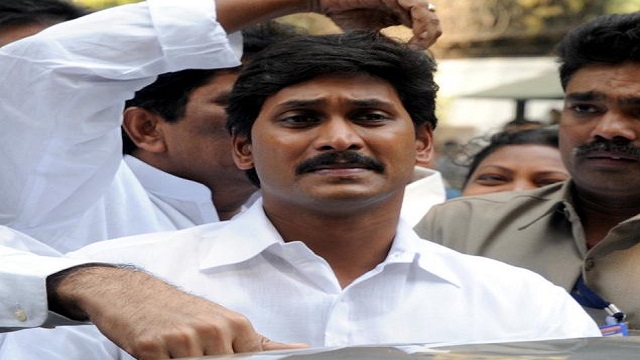Modi has huge expectations from Japan which could fulfil his dream of improving infrastructure, create jobs, encourage innovation and boost economy.
When Prime Minister Narendra Modi marked a landslide victory in the Lok Sabha elections, Japanese Prime Minister Shinzo Abe was the first to congratulate him.
The level of admiration between both the leaders can be ascertained the fact that the Japanese PM follows only three people on micro blogging site twitter, one of which is Modi.
Taking a step towards stronger bilateral relations, PM Modi embarked on a five-day tour of Japan today.
The Prime Minister has already prepared a friendly ground ahead of his visit by tweeting a message to the people of Japan in their native language.
ç§ã¯ï¼˜æœˆï¼“ï¼æ—¥ã‹ã‚‰æ—¥æœ¬ã‚’訪å•ã™ã‚‹ã€‚å°æ—¥é–¢ä¿‚を強化ã™ã‚‹ã“ã®è¨ªå•ã‚’ã€ã¨ã¦ã‚‚楽ã—ã¿ã«ã—ã¦ã„る。@AbeShinzo
— Narendra Modi (@narendramodi) August 28, 2014
ã“ã®è¨ªæ—¥ã¯ã€ç§ã«ã¨ã£ã¦ã€ã‚¤ãƒ³ãƒ‰äºœå¤§é™¸å¤–ã§åˆã‚ã¦ã®äºŒå›½é–“訪å•ã¨ãªã‚‹ã€‚当åˆã¯ï¼—月åˆæ—¬ã‚’予定ã—ã¦ã„ãŸãŒã€è°ä¼šã®éƒ½åˆã§ä¸å¯èƒ½ã«ãªã£ãŸã€‚
— Narendra Modi (@narendramodi) August 28, 2014
ç§ã¯ã“ã®è¨ªæ—¥ã‚’ã€æ—¥æœ¬ã¨ã®é–¢ä¿‚ã‚’æ–°ãŸãªãƒ¬ãƒ™ãƒ«ã¸ã¨é«˜ã‚ã€æ§˜ã€…ãªåˆ†é‡Žã«ãŠã‘ã‚‹å”力を増進ã™ã‚‹æ©Ÿä¼šã¨è¦‹ã¦ã„る。
— Narendra Modi (@narendramodi) August 28, 2014
æ±äº¬ã¨äº¬éƒ½ã‚’訪ãã€å¦ç”Ÿã€æ”¿æ²»æŒ‡å°Žè€…ã€ä¼æ¥å¹¹éƒ¨ãªã©ã€æ—¥æœ¬ç¤¾ä¼šã®ã‚らゆる層ã®äººã€…ã¨äº¤æµã™ã‚‹ã€‚
— Narendra Modi (@narendramodi) August 28, 2014
州首相時代ã«æ—¥æœ¬ã‚’訪å•ã—ãŸãŒã€ã¨ã¦ã‚‚温ã‹ã„æ€ã„出ã 。もã¦ãªã—ã®å¿ƒã¨ã€å”力ã®å¹…広ã„å¯èƒ½æ€§ãŒã€æ·±ãå°è±¡ã«æ®‹ã£ãŸã€‚
— Narendra Modi (@narendramodi) August 28, 2014
日本人ã®æŒã¤ã‚¤ãƒŽãƒ™ãƒ¼ã‚·ãƒ§ãƒ³ã®è¦æ¨¡ã¨é«˜ã„精密性ã¯è³žè³›ã«å€¤ã™ã‚‹ã€‚å°æ—¥ä¸¡å›½ã¯äº’ã„ã‹ã‚‰å¤šãã‚’å¦ã¶ã“ã¨ãŒã§ãる。
— Narendra Modi (@narendramodi) August 28, 2014
ç§ãŒç‰¹ã«å¿ƒå¾…ã¡ã«ã—ã¦ã„ã‚‹ã®ã¯ã€å®‰å€é¦–相ã«ãŠä¼šã„ã™ã‚‹ã“ã¨ã 。ç§ã¯å½¼ã®ãƒªãƒ¼ãƒ€ãƒ¼ã‚·ãƒƒãƒ—ã‚’æ·±ã尊敬ã—ã¦ãŠã‚Šã€ã“ã‚Œã¾ã§ã®é¢ä¼šã‚’通ã˜ã¦æ¸©ã‹ãªé–¢ä¿‚を享å—ã—ã¦ã„る。 @AbeShinzo
— Narendra Modi (@narendramodi) August 28, 2014
日本ã®ã‚¤ãƒ³ãƒ‰ã¨ã®å‹æƒ…ã¯æ™‚ã®è©¦ç·´ã‚’経ã¦ãªãŠç¶šã„ã¦ã„る。ã‚ã‚Œã‚れ二国ã¯ã€ä¸–ç•Œã®å¹³å’Œã¨ç¹æ „ã®æŽ¨é€²ã«å‚¾å€’ã™ã‚‹ã€æ´»æ°—ã«æº€ã¡ãŸæ°‘主主義国家ã§ã‚る。
— Narendra Modi (@narendramodi) August 28, 2014
This was reciprocated by Abe wth the same warmth.
@narendramodi India has a special place in my heart. I am eagerly waiting for your arrival in Kyoto this weekend.
— 安å€æ™‹ä¸‰ (@AbeShinzo) August 28, 2014
@narendramodi Together we can do a lot for peace and prosperity in the world.
— 安å€æ™‹ä¸‰ (@AbeShinzo) August 28, 2014
Both hope to “write a new chapter” in the bilateral relations and cooperation in the fields of defence, civil nuclear and infrastructure besides commerce. Reportedly, on the eve of the trip, an “excited” Modi said that Japan has “paramount importance” in his vision for India’s development and progress.
In the first leg of his visit, the PM will travel to Kyoto, the ‘smart city’ of Japan, to see the experiment there considering that he intends to build 100 smart cities in India. In a special gesture, Abe will fly to Kyoto to receive Modi there.
The two leaders will have substantive summit meeting in Tokyo on September 1 during which the two sides will look at ways to take the Strategic and Global Partnership forward.
Here are five things that one should expect from PM Modi’s Japan visit:
FDI:
We can expect increase in the inflow of the FDI from Japan to almost double. According to the Economic Times, figures from Maharashtra and Gujarat show that Japanese companies interested in India keeps climbing, year-on-year. But FDI inflows have sagged. From a peak of $2 billion in 2011-12, Japan’s FDI into India, according to the Reserve Bank of India (RBI) slipped to $1.3 billion in 2012-13. FDI in new sectors like IT and hydrocarbons is expected.
Funds:
Japan does not favour creation of funds for boosting foreign economies and infrastructure which PM Modi would have liked to get from Abe. But it can help in various projects that the government of India has started. It may light up the pet projects of PM Modi like 100 smart cities, Namami Ganga, high speed railways (bullet trains) and solar projects.
Rare Earth metals:
Japan has always been pushing for the supply of rare earth metals, agreement for which was signed by UPA in 2012, but nothing actually happened. Modi’s visit will help Japan procure these which are essential for the country’s booming hi-tech product market.
Transactions in INR:
A key milestone from the visit will be MoU between EXIM Bank of India and Japan Bank of International Cooperation (JBIC). The Japanese side has been requesting JBIC be allowed to engage in swap transactions so that JBIC can projects in INR across India not limited to DMIC projects.
Civil Nuclear Deal:
According to the ET, while civilian nuclear deal may not concluded in this trip owing to differences over ‘no-test’ clause in the agreement, Modi will reiterate India’s commitment to disarmament and moratorium on nuclear tests during the banquet speech. A significant defence agreement on upgrading the dialogue mechanism and expanding the scope of cooperation to increase drills and exercises are on the cards.
Modi has huge expectations from Japan which could fulfil his dream of improving infrastructure, create jobs, encourage innovation and boost economy.
Expanding economic and business cooperation therefore will be a key component of his agenda in Tokyo.
We wish the Prime Minister all the best for his visit!





